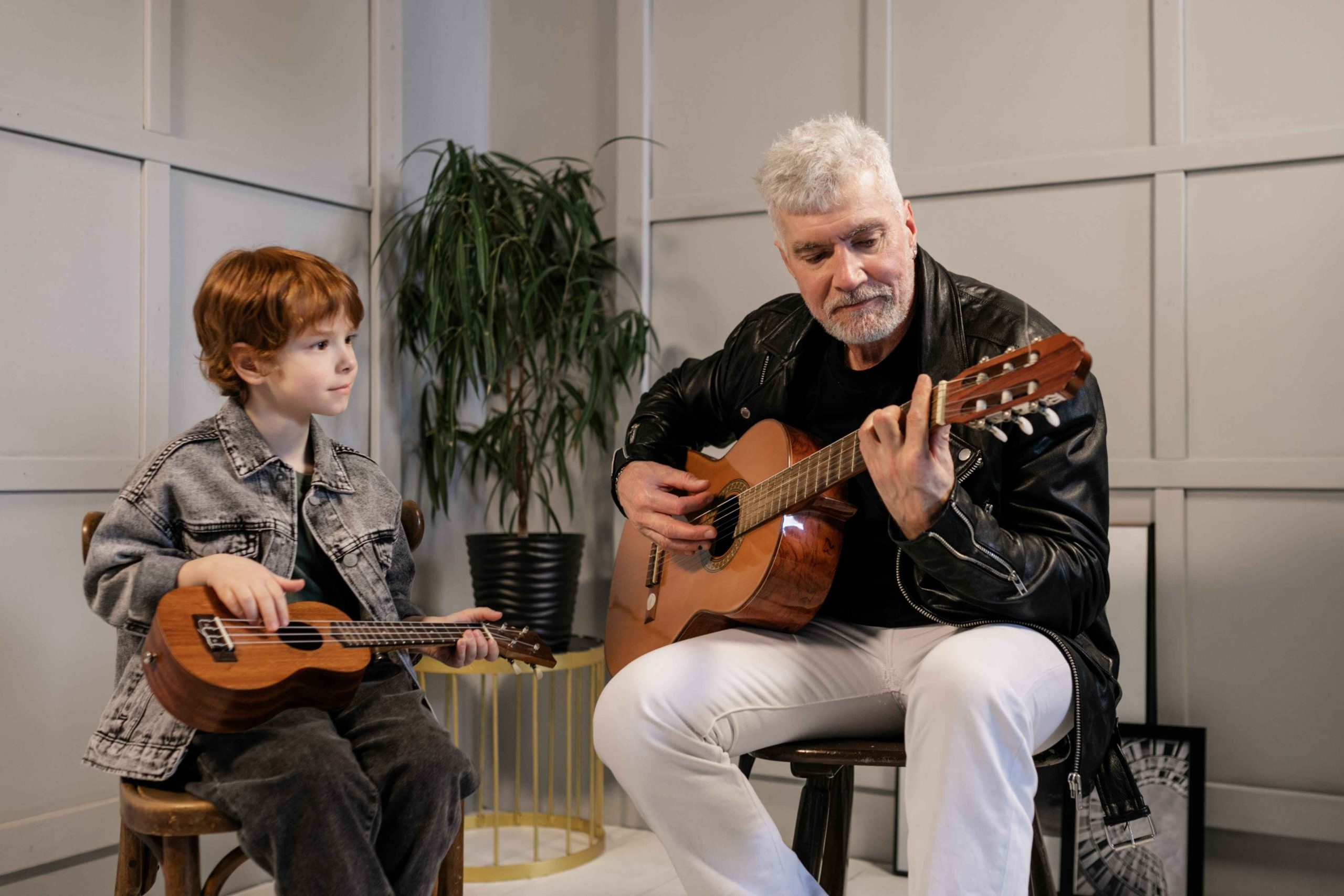
The Power of Improvisation in Teaching Music to Preschoolers
As a preschool teacher, engaging and effectively teaching young children can be challenging. However, music proves to be a powerful tool in developing the cognitive, social, and emotional skills of preschoolers. But what teaching style best suits this age group? In this article, we explore the benefits of improvisation in teaching music to preschoolers and why it’s the most suitable approach for them.
The Importance of Music in Early Childhood Education
Music plays a vital role in early childhood education, aiding in the development of language, memory, and coordination skills. Studies have shown that it also enhances emotional well-being by reducing stress and anxiety levels. Additionally, music teaches important life skills such as teamwork, problem-solving, and creativity.
Understanding Improvisation
Improvisation is a music teaching style that involves creating music on the spot without following specific rules or guidelines. This approach allows preschoolers to express themselves freely and creatively through singing, playing instruments, or moving to music. It encourages them to take risks, experiment, and develop their musicality.
Benefits of Improvisation in Teaching Music to Preschoolers
Improvisation offers numerous benefits for preschoolers. It promotes creativity and self-expression, develops listening skills, and fosters social interaction. Moreover, it teaches essential life skills such as problem-solving and decision-making.
Another advantage is that it helps preschoolers build confidence in their musical abilities. By creating an environment where they feel safe to express themselves, teachers can instill a sense of pride and accomplishment in their students.
Incorporating Improvisation into Music Teaching
Incorporating improvisation into music teaching is relatively simple. Start by creating a safe and supportive environment where preschoolers feel comfortable expressing themselves. Begin with simple musical games and gradually introduce more complex concepts like melody and rhythm. Encourage movement and experimentation to enhance the improvisation experience.
Best Practices for Teaching Improvisation to Preschoolers
When teaching improvisation to preschoolers, create a supportive environment and be patient with their progress. Be flexible in your approach, provide positive feedback, and encourage collaboration. Remember to focus on the process rather than the product, and incorporate a variety of instruments and movements to keep the experience engaging.
Conclusion
Improvisation emerges as the most appropriate teaching style for preschoolers in music education. Its benefits in promoting creativity, social skills, and emotional well-being make it invaluable in early childhood education. With the right approach and practices, improvisation can help preschoolers develop their musical abilities, build confidence, and lay the foundation for a lifelong appreciation of music.


